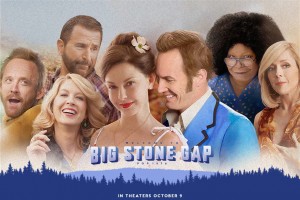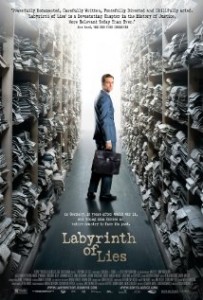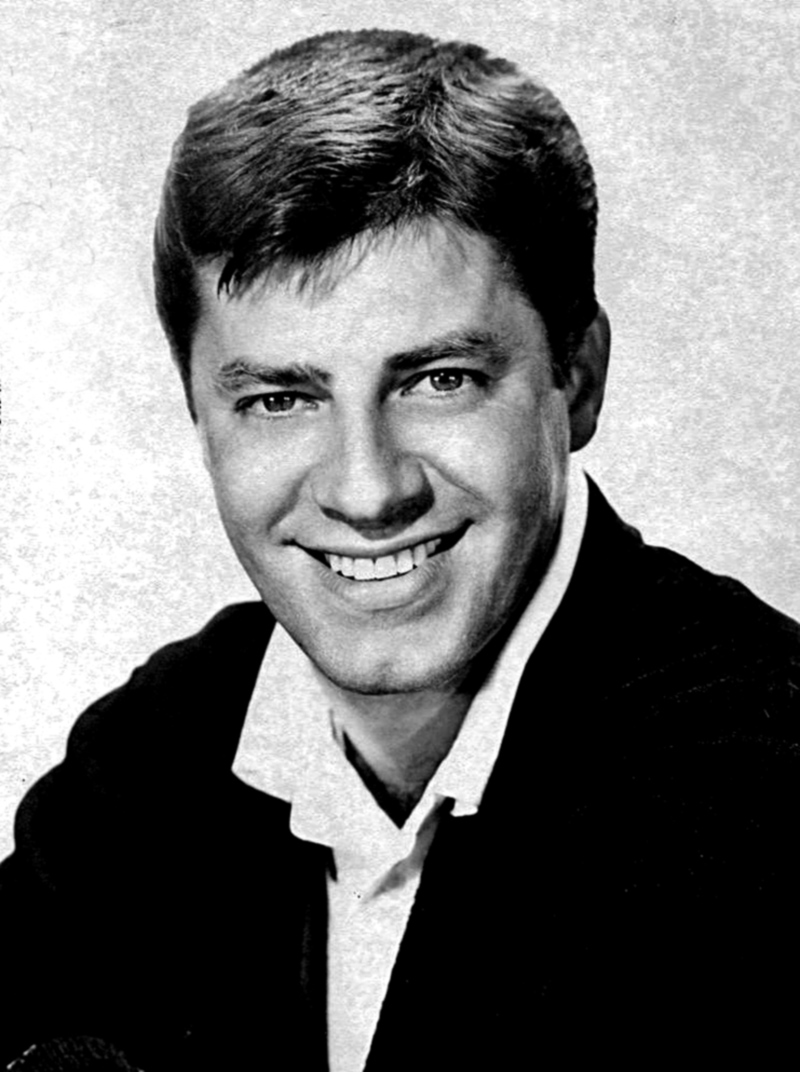Interview: Adriana Trigiani of “Big Stone Gap”
Posted on October 6, 2015 at 3:31 pm
Adriana Trigiani really is from a coal mining town in Virginia called Big Stone Gap and the biggest movie star in the world did choke on a chicken bone there.
Now if that is not enough to inspire a book and a movie, I don’t know what is.
Elizabeth Taylor was married to then-Senate candidate John Warner when they came through Big Stone Gap on a campaign trip. And they offered her fried chicken and she choked on a bone. All of that happens in the film, Big Stone Gap but it is almost incidental as far more important issues and characters appear as well. Like Trigiana herself, Ashley Judd plays a resident of the town who is of Italian heritage, only in this case she does not find out the truth about her paternal side of the family until after her mother’s death. Her name is Ave Maria (like the hymn) Mulligan and she owns the local pharmacy and directs the annual outdoor musical, “Trail of the Lonesome Pine.” At age 40, she wonders if love has passed her by.

I spoke to Ms. Trigiana about Big Stone Gap, “Big Stone Gap,” and the challenges of finding an actress to play the iconic Elizabeth Taylor. She said to find the town of Big Stone Gap “you can get in your car and if you are in Eastern Virginia, you just keep driving and if you drive and you look on a map it looks west of Cincinnati. It is deep in the corner of the state, shaped like a boot, and it’s the toe of the boot where the five states meet; North Carolina, West Virginia, Kentucky, Tennessee, Virginia West Virginia, and it’s gorgeous! I call Virginia the England of America. It’s very elegant. It’s a state I know like the back of my hand because I grow up there and you’ve got Charleston, you’ve got the Piedmont, you’ve got the ocean and that gorgeous coastline round the hills of the Piedmont that gives way to the Blue Ridge and the Appalachians and the Coleman Gap. The artist Cy Twombly said that Virginia was the best preparation for Italy. And he is right. The light, the sky, for an artist it’s the most magnificent place to grow up.”
They really do put on a production of “The Trail of the Lonesome Pine” every year in an outdoor theater. “It has been up and running since 1965. It’s an outdoor drama. You know, there is a certain amount of those put on in towns around the country and there’s a consortium. It’s the local actors that come together and sometimes they get a professional director and semi-professional company and it runs throughout the summer. It’s a great community activity. The original is written by Errol Hodgson Smith based on the novel the Trail of the Lonesome Pine which was published in 1903 by John Fox Jr. and when you come to Big Stone Gap everything is named for him. The outdoor drama is named after his novel; we have the John Fox Jr. house where he spent his summers. We have the June Tolliver house named for the character who is the lead in the drama. So it is really part of our local culture and it’s kind of our showbiz thing. And then in the spring we do a musical. So it was a very fabulous community we grow up in.”
The movie is set in 1978. “As you know, Nell, every great novel has to have a historical backdrop. Some people choose a famine, some people choose the World War, some people choose Armageddon and I chose Elizabeth Taylor the greatest movie star choking on a chicken bone in 1978 in my hometown. It’s a real thing and so I thought, well, I love to write comedy so I am going to redeem my little town because everyone remembers the ‘Saturday Night Live’ skit with John Belushi. This mortified us. Well it turns out that pretty much everybody in the county was in that room when she choked on that chicken bone including my parents. This thing was seismic and it’s just a part of history, in the town it couldn’t have been worse. Elizabeth Taylor is like the dream goddess of everyone because she was a horsewoman and she did ‘National Velvet’ when she was a little girl. You just doesn’t get any bigger than Elizabeth Taylor and here she had married candidate John Warner who was running for office. She came to Big Stone Gap and she’s trying to be on a diet and you know the fried chicken is the greatest in the south and she grabbed the piece of chicken and ate it too quickly and it went down wrong rushed her to the hospital.”

She had two reasons for casting Polish actress Dagmara Dominczyk as Elizabeth Taylor. First, she is a beautiful brunette and a magnificent actress. (“She is also an incredible novelist.”) And she is married to the movie’s leading man, Patrick Wilson, whose family happens to be from Big Stone Gap as well. Their two sons also appear in the movie, along with some other members of the Wilson family. We don’t see Dominczyk’s face, but just with the set of her shoulders and the gesture of her hand, she evokes the star. You know I had big dreams for this movie and a lot of plans, big plans. Our cinematographer is Reynardo Villalobos. This is a lucky thing. He was scouting another film in Virginia. When I found out that film was not going to start until the next year, I really like hit the “Hail Mary” ready hard, please let him do it. He loved the script. I had written the scene of Elizabeth Taylor and what I wanted to do was recreate her entrance into Rome in the movie ‘Cleopatra.’ And I acted it out for Reynardo and I said tan-ta-tanna-nam-ta then I said okay, then the float, then this, then that, as it was in the novel. Okay because it’s fiction you can have a ball and then she was going to come in and almost fall off the convertible. So the scheduling you have 42 speaking parts, you have all these actors,you have people like Jane Krakowski who has limited availability. How am I going to get all these people to fly in and out? I am driving everyone crazy with this schedule. Well the filming of the choking of Elizabeth Taylor on the chicken bone falls on a Saturday and on Saturday in southwest Virginia is football day and there is no high school marching band, I had planned like marching band going through and all kinds of extra things happening. We scrapped it and what you see on that screen is very close to what actually happened. So I ended up with what really happened as opposed to my cinematic dream of what happened. It almost killed me. Now you might say, ‘But there is a band!’ Well, before I started crying that day I remembered when I was a kid in high school that they had a room for when kids forgot their instrument or you couldn’t afford an instrument in band. They had an instrument closet so like if you forget like your trumpet or your tuba or your sax. I said, ‘Just go and empty out the closet of practice instruments.’ So if you really study those scenes you going to see a bunch of people in the background blowing horns who don’t know how to blow horns but you see the brass and I told them to move like in a certain way.”
It took fifteen years to make a deal for the film, in part because Trigiani was determined to film it on location. “I think one of the reasons that the movie is so alive is because of this notion, like Frank Capra, that it is infused it with this very real element of the real people and different caliber probably different from everybody you usually see in movies. The smaller roles and some that aren’t so small were local cast and I had the Wilson family who actually had roots there playing alongside the local people who are from there. And Dagmara Dominczyk has the bone structure and the coloring of Elizabeth Taylor.
Trigiani was inspired by some of the women screenwriters and directors in the early days of Hollywood. “If one studies the history of movies, when movies began, the scenarios were written by women name Anita Loos, Francis Marion, the screenplay form was invented by a woman named June Mathis. People like Mary Pickford actually edited their own movies. Dorothy Arzner was a director. Women were front and center in storytelling of movies. The great stars like Mae Murray. Everything was geared toward getting women into the theater engaging women in telling the stories of women. The biggest star in the 1930s was Marie Dressler who was close to 60 years old. I am part of the living history and it is incumbent on me as an artist to make the movies that I believe should be made. I am going to make movies that I think the audience is craving and wants to see. So that’s why I made ‘Big Stone Gap’ and that’s why over 70 percent of the cast is women and that’s why the women are the ages they are because these are fascinating stories.”




